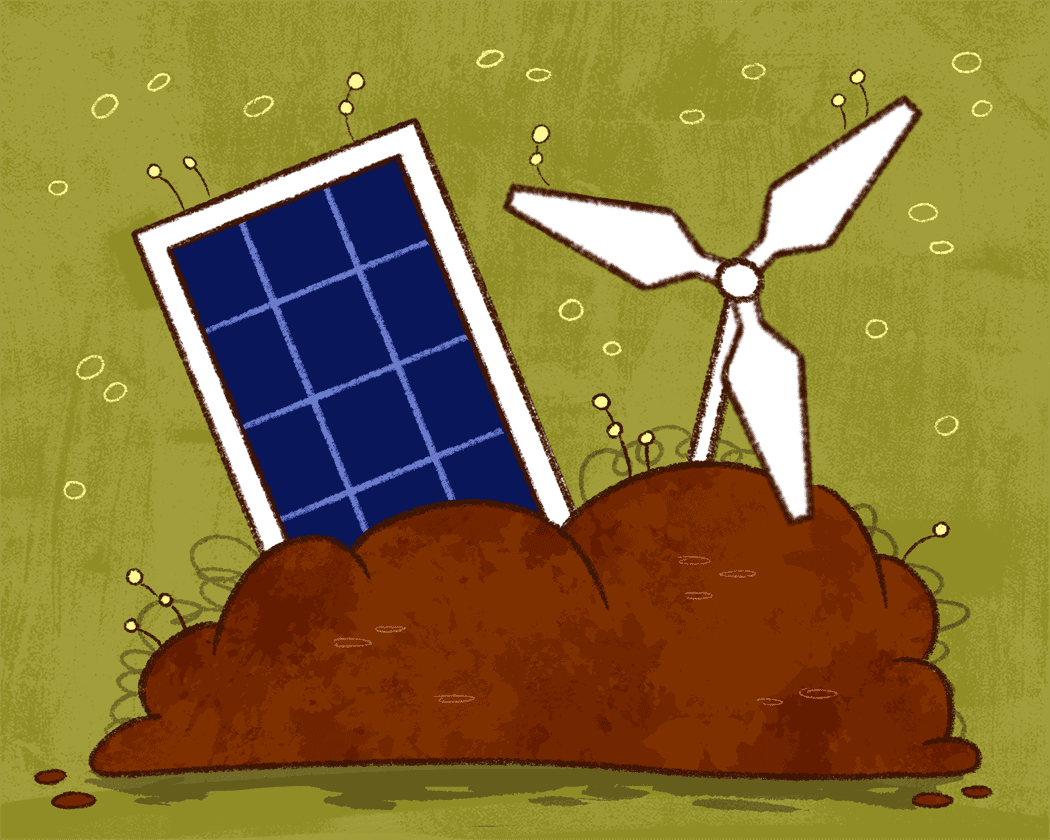Environmentally speaking, green energy makes for an incredible solution to our problems regarding the use of fossil fuels. Putting economics aside, even with its high costs, green energy would eventually become profitable. Over time, the United States would see a surge in employment in energy-producing companies, which in the end could lead to greater investment.
The real problem is waste.
The most widespread new forms of green energy are solar panels and wind turbines. While the panels are efficient and cost-friendly, getting rid of them is not. To recycle and burn the metals out of which panels are made requires the use of expensive incinerators in a time-consuming and painstakingly slow process.
In his article “Solar Panel Waste: The Dark Side of Clean Energy,” author Conor Prendergast writes, “It’s more convenient for solar companies to drop the dead panels into landfills or export them to third-world countries … [which is hazardous as the metals in the panels] namely lead and cadmium — can leach out of the cells and get into groundwater,” affecting plants, animals and humans.
An article on Bloomberg.com discusses a similar issue regarding wind turbine blades, which are simply discarded after use and left lying around. Nearly 8,000 are coming down over the next four years. If every country were to switch to wind energy with each nation discarding thousands of blades every year, the waste levels would become catastrophic.
Luckily, solutions are already being researched. China, in particular, has been replacing silicon with perovskite to create a cheaper panel consisting of nontoxic metals. Though the solar panels would still be costly to recycle, the risk of those being left for waste would be considerably less and their production would be cheaper, leaving more money for companies to recycle the panels into the incinerators.
When it comes to turbines, 85% of the parts can be reused or recycled, but the fiberglass and colossal size of the blades makes this task difficult to achieve. Currently, one method of solving turbine waste is to break down these blades and press them into pellets or fiberboards used for flooring and walls. While the companies responsible for this are still relatively new, with the use of more green energy, they are expected to grow in accordance with demand.
As of right now, the top solutions are still under works and have yet to be perfected. However, the fact that governments and companies have already found ways to reduce waste from green energy leaves room for a promising future and a bright green light at the end of the tunnel.



